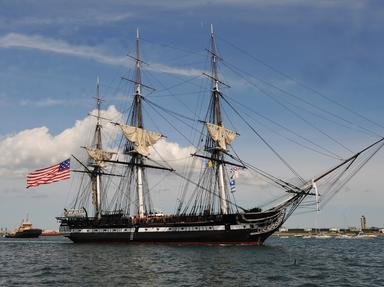Quiz Answer Key and Fun Facts
1. What name did Henry Hudson originally give to the river that would later bear his name?
2. What year did the first Dutch colonists arrive in the New World?
3. What was the original Dutch name given to what is now called Governors Island?
4. What two forts did the Dutch build along the Hudson River that later became part of the city of Albany?
5. What was the name of the town the Dutch founded that would later become New York City?
6. Who was responsible for the purchase of Manhattan Island?
7. How did the West India Company try to give new life to the "Nieuw Nederland" ("New Netherland") colony?
8. Who was the last Dutch governor of "Nieuw Nederland" ("New Netherland")?
9. The Dutch built a stockade that later gave name to a famous street in New York. Which?
10. Which island was named after the Dutch national assembly?
11. What group of people spend 12 years in The Netherlands before settling in North America?
12. Which New York island was named because so many rabbits populated it?
13. Which of the New York City boroughs or neighbourhoods does not have a name of Dutch origin?
14. Which island was named after the first European to enter the Long Island Sound and the Connecticut River?
15. How is Pennsylvania Dutch related to the present day Dutch?
Source: Author
Shaffyre
This quiz was reviewed by FunTrivia editor
bloomsby before going online.
Any errors found in FunTrivia content are routinely corrected through our feedback system.
